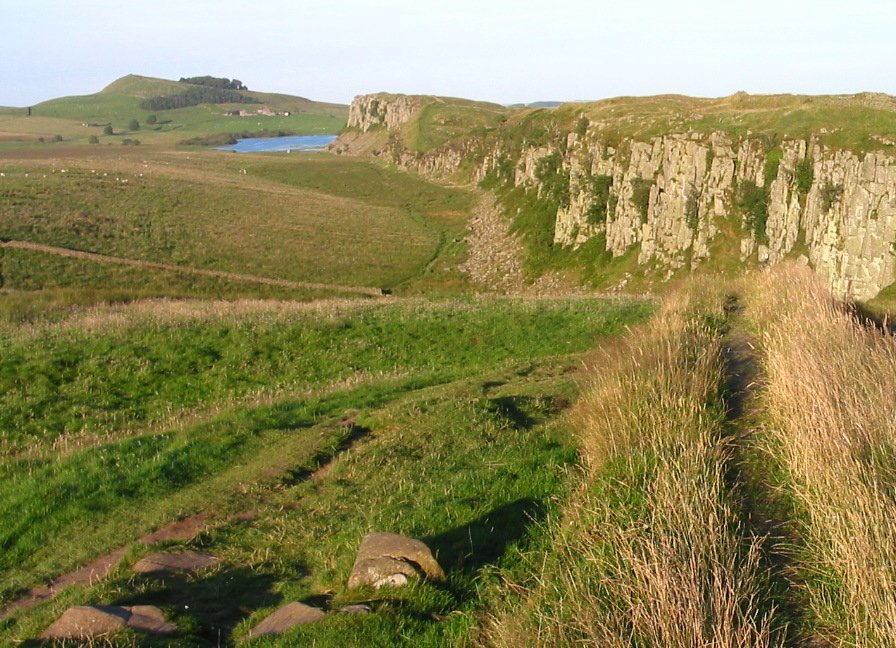








|
|
Times On Line
New enemy menaces Hadrian’s Wall
By Dalya Alberge
April 12th, 2005
Although only a small fraction of the wall and its forts has been excavated, the fragile site is being eroded by heavy boots, archaeologists say. They note that only 20,000 visitors had been expected when the plans were made in the early 1990s.
Hadrian’s Wall is among 600 locations designated as World Heritage cultural sites by Unesco. Governments recognise an obligation, under the 1972 World Heritage Convention, to care for their countries’ heritage, and so only 29 of the 600 sites are considered at risk.
Peter Fowler, an adviser to the UN cultural body, said that adding a location to the list was something the World Heritage Committee took extremely seriously. “It is a very deep insult to a nation when this happens,” he said. “Were something not done to stop the erosion, Hadrian’s Wall could be added to the list. I’m surprised that this should happen in an advanced country which apparently takes the world’s heritage seriously.” Only one other developed nation has suffered such an indignity: Cologne Cathedral was included last year.
Professor Fowler was among the archaeologists who opposed the trail’s creation. They were told that the structure and earthworks would be protected, and that there would be effective management of the route. “That hasn’t happened,” he said. “There is one person responsible for the whole 73 miles. It’s unacceptable. This is not the way for Britain to meet the obligations.”
Most visitors, he said, were simply “out for a good walk”. “That’s fine, but walk somewhere else,” he said. “A fragile archaeological site should not be used. This needs more close management of the trail on the ground so that people can be moved a few yards one way or the other and to encourage people not to walk along the wall.
“The wall was never built to take 400,000 people. It was meant for economic and military purposes. Small numbers of people walked along the top, just the sentry guards.”
Things are likely to deteriorate, according to Mike Pitts, editor of British Archaeology, which raises the issue in its May-June edition. He said that some people wanted to make the site an international attraction, with a Hadrian’s Wall Trust, involving bodies such as English Heritage. “Using words that bring fear to some archaeologists — product development, marketing, branding — they recommended investment of £56.25 million, predicting visitors would increase by a third,” he said.
Yesterday experts said that the vegetation around the wall, and therefore its setting, had rapidly deteriorated since the trail was opened. Because of the shallow soils and the wetness of the climate, the vegetation is likely to be worn away. That exposes the soil which in turn can expose archaeological deposits and structures to further wear and tear. In some areas, part of the stonework is collapsing.
Jim Crow, senior lecturer in Roman Archaeology at Newcastle University, said that the trail had not been accompanied by resources to ensure the wall was protected.
A source at English Heritage told British Archaeology that the increased trail erosion is “much more than any of us would have anticipated”, but a spokeswoman said: “Before the trail was set up, monitoring systems were put in place. These have proven to be doing their job and have identified areas of erosion. This is not irreversible damage and is being addressed largely through management mechanisms.”

The Wall Paths

|
|
|